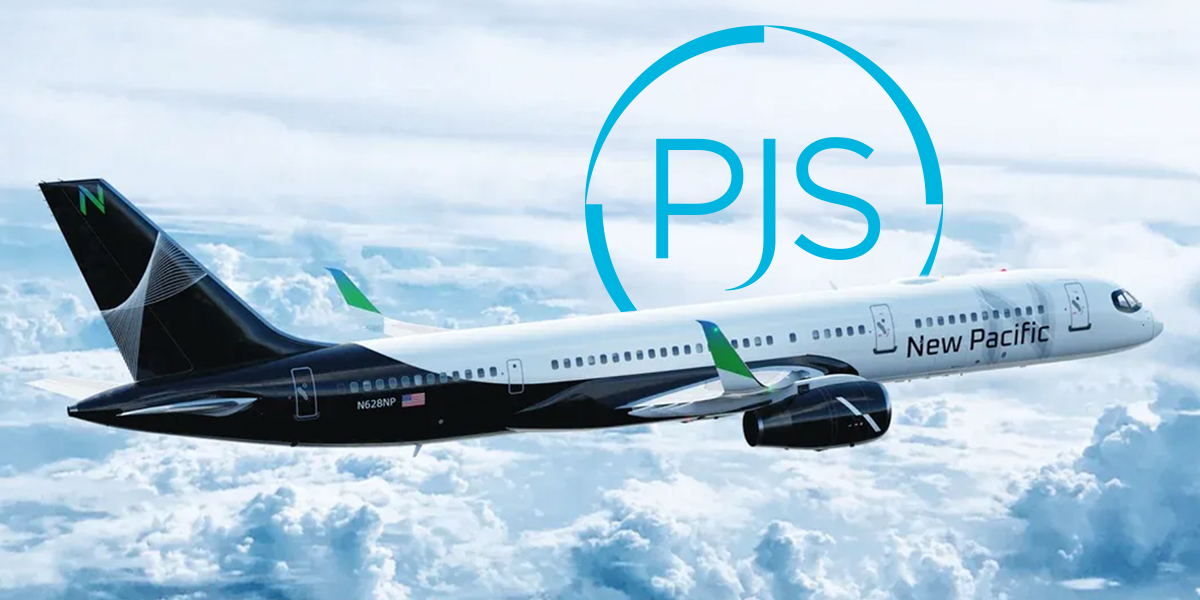The world has been transformed by apps and aviation is no exception. Booking apps for private aviation has turned a days-long process into an instantaneous quote designed to convert a query into a contract.
Despite the increasing ease of private aviation booking apps, there is still a lot to know especially since some apps promise flying privately at economy prices.
1. Apps are Just Another Way to Communicate
An app is nothing more than another way to communicate and does not carry a sense of safety. Whether the other end of the app is a broker, an aircraft operator, a managed or owned fleet, there is only one standard by which to judge whether that “bargain” carries more risk than necessary.
What is the safety culture? Does the person at the other end of the app adhere to industry best practices and safety standards developed by the International Standard for Business Aircraft Operations (IS-BAO) designed to achieve the highest level of safety and professionalism? Has the operator undergone an operations audit by Wyvern or Argus designed to assess how it mitigates risk?
Although apps provide convenience, they do not relieve you of the responsibility of doing your homework.
2. Paying for More Than You Need
Every private aviation mission is different making it important to match the aircraft to the mission in order to minimize the cost. However, apps do not help you determine what you actually need when flying private which means you could overpay. Why buy a flight on an intercontinental jet when all you need is one designed for the short hop to a remote airport?
Most companies use a mix of commercial and private aviation because they are trying to maximize the time of the traveler. Commercial aviation will almost always be cheaper so comparing airline fares with private aviation is misleading because it does not account for the other costs associated with commercial travel – hotels, rental cars, meals, and fees or the wear and tear on an employee trying to make a sale or fix a critical customer problem.
3. Apps don’t Deliver All the Information You Need
The primary reason for most private aviation trips is business and the number one amenity business travelers want is an office in the sky. Indeed, business aviation travelers report they are more productive on board than they are in an airliner or even in the office. Apps are only about the price, not the amenities on board.
4. Flying Private for Half the Cost: Not so Fast
Between 38% and 50% of all business aviation flights are empty legs – positioning an aircraft for the next mission. The largest revolution with aviation apps is they provide a way to gain revenue from the so-called dead-head flights. There is also no question that flying private for the cost of the economy is far-fetching, but flying on an empty leg may require more flexibility than you have. An empty leg trip can be canceled right up until boarding. So, if you need to be at a specific place at a specific time, empty legs insert a risk you may not want to take, and apps do not tell you that.
5. Apps are Not Private Aviation Professionals
An app is just that – an app. It does not include conferring with seasoned professionals whose job is to vet the operator, the airplane or the crew. Nor do they provide advice on your travel needs, the amenities offered, or maximizing your time while minimizing the spend.
An app also doesn’t break down all travel costs with an eye toward giving you a return on your investment. Full consideration of all travel costs could prove private aviation provides a better return on investment than commercial aviation, especially when accounting for the spiraling costs of airline delays and cancellations.
Apps have dramatically simplified one aspect of private aviation – pricing. They may be great for those strictly looking at price. But, they leave much to be desired when booking private travel.




